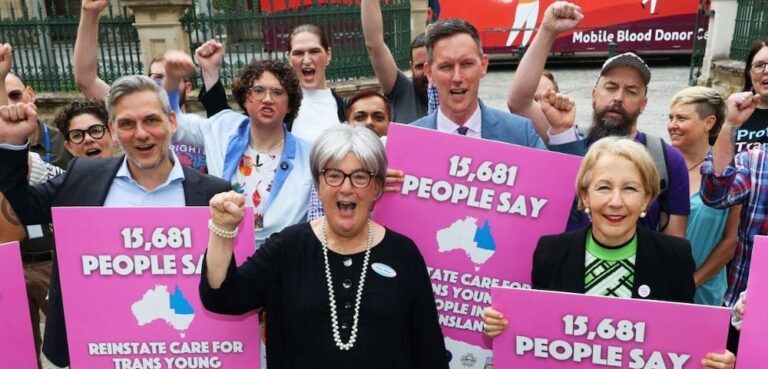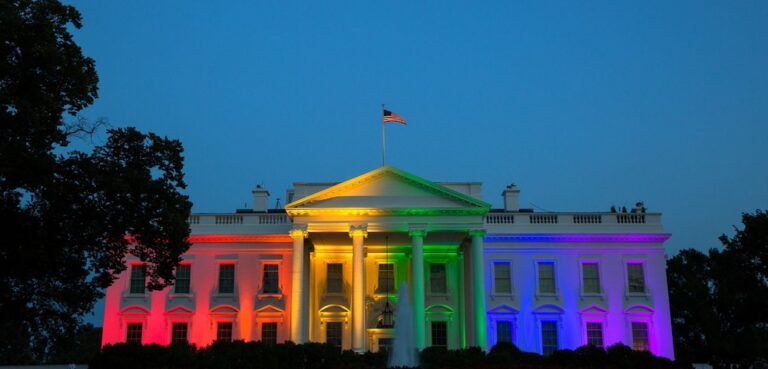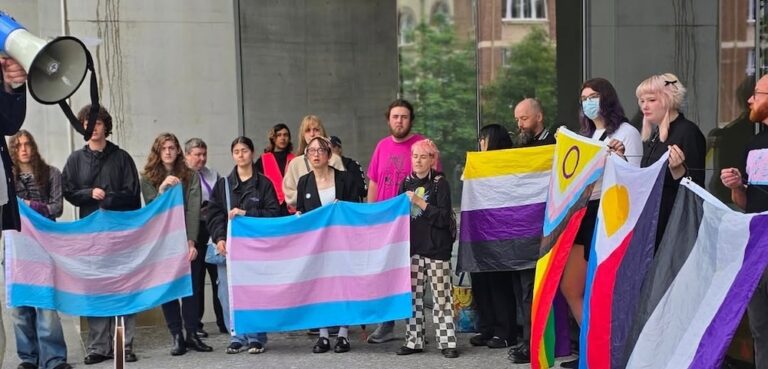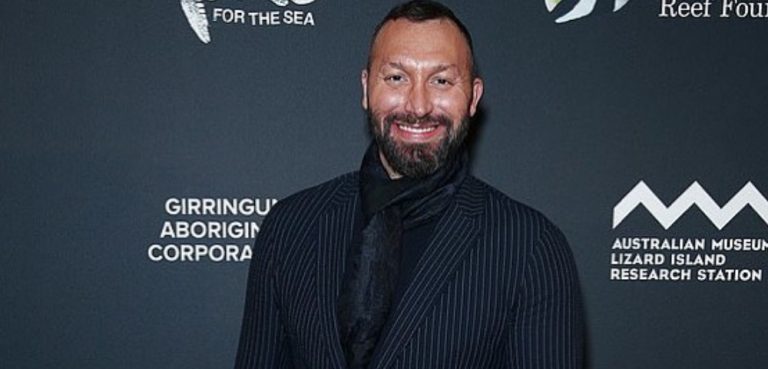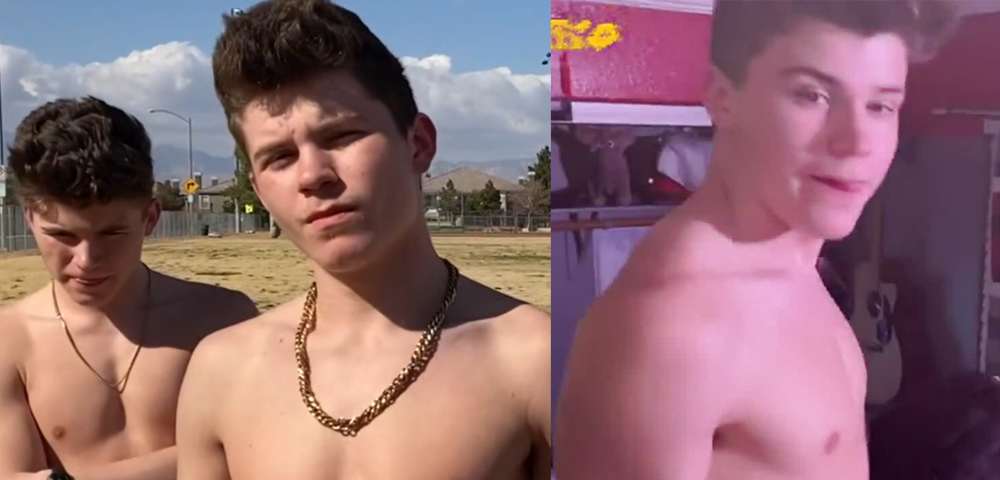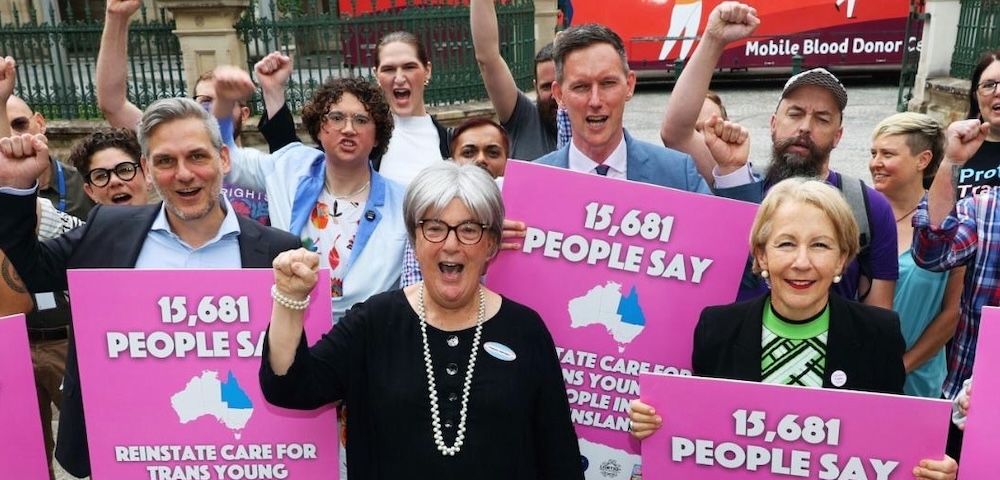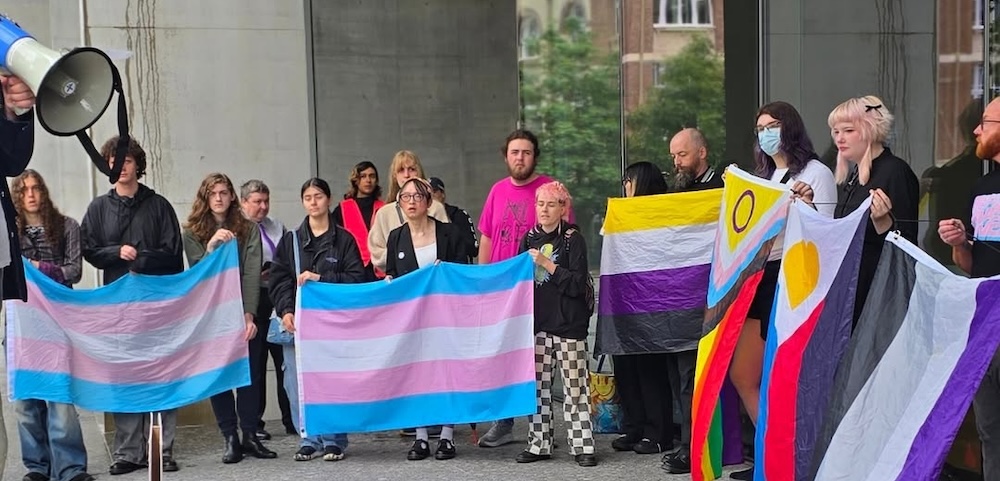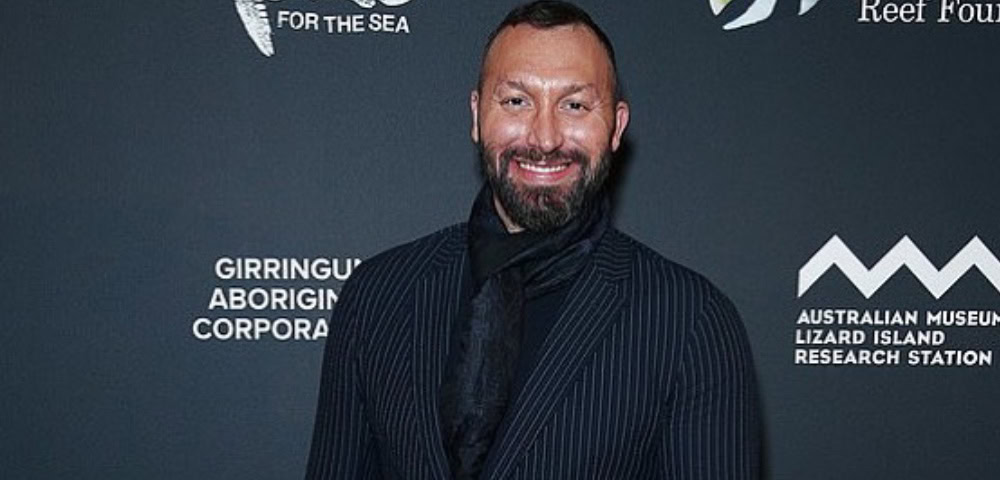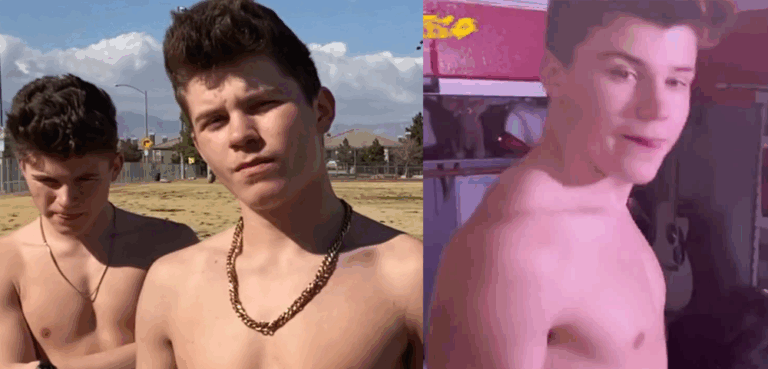
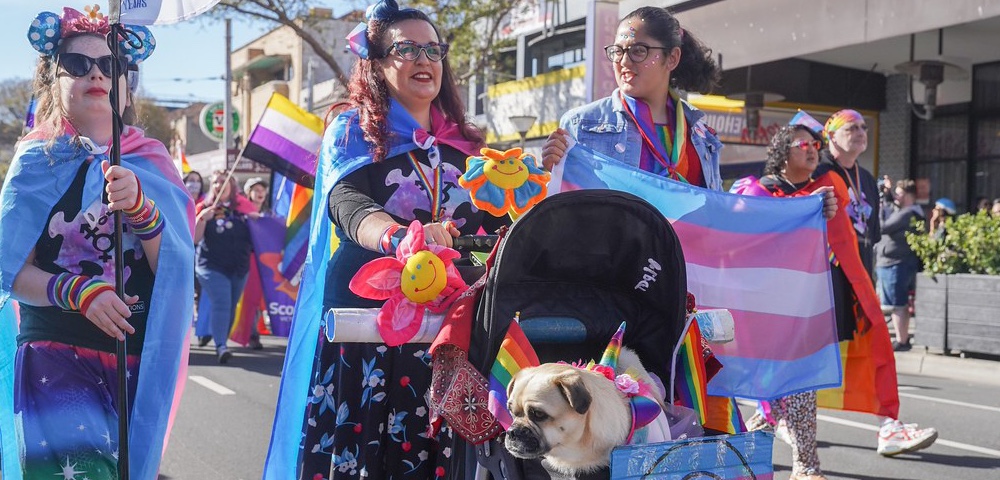
Straight people – I need your help.
Over the last few weeks I’ve heard some pretty awful stories. They’re not new; in fact, I’ve heard them all multiple times before, but for some reason I’ve not been able to shift them. Maybe it’s because the people in these stories are all so young.
*Two Year 8 girls in the early days of coming out are asked by a schoolmate: ‘Haven’t you two killed yourselves yet?’
*A 14 year old boy, anxious and depressed, is terrified his parents will somehow discover he’s gay.
*A 12 year old trans kid is kicked out of home by their parents and is in the care of the Child Protection Services.
I’m sorry – I don’t share these stories lightly, to shock or scare, and I know they land hard, but I’m putting them out there for a reason.
I’ve been an advocate for 30+ years, since I came out in my first job as a high school teacher in the mid-80s and I’ve witnessed huge change in that time. The world is indisputably a far better place for LGBTIQ people now than it was back then, and yet it is still incredibly hard for young queer people to come out and safely navigate their way through adolescence with a positive sense of their gender or sexuality.
At best – with a supportive family and an inclusive school – it’s really tough. And at worst – with family rejection and bullying – it’s life-threatening.
Everything Did Not Get Fixed With Marriage Equality
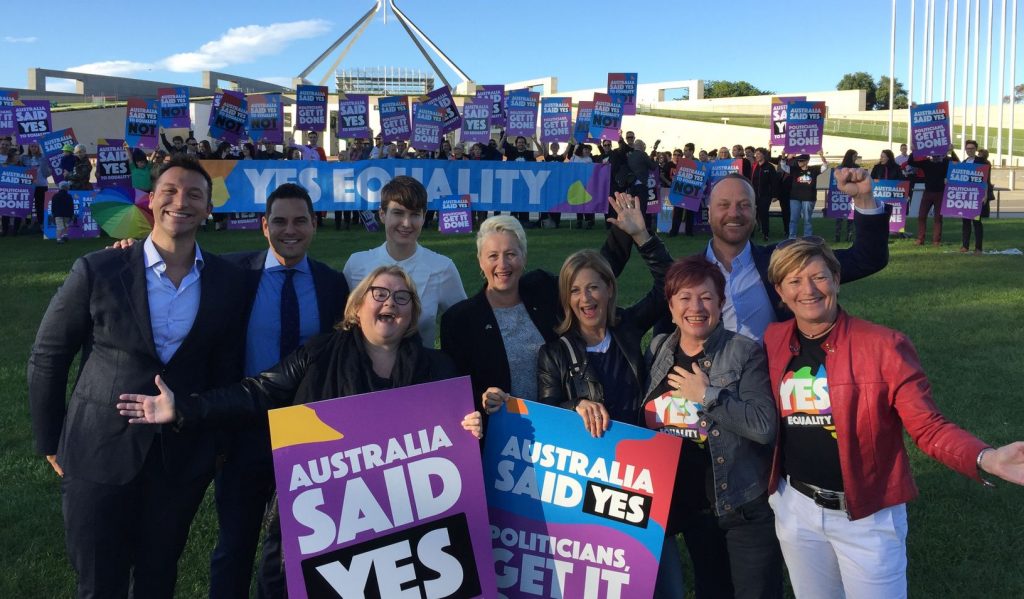
I’ve spent a lot of time recently listening to these young people talk about their lives and about what would make things easier, better, for them. I know this will probably all sound pretty obvious, but with a significant section of the broader community believing everything got fixed with marriage equality, I just want to put out this reminder.
Young LGBTIQ people want to feel safe at school, they want to have places to hang out where they feel welcome, and be able to hold hands or show affection in public. They want to be allowed to be who they are, to have their names, pronouns and identities respected, and to have access to appropriate sex education.
They want to play sport or join clubs that are welcoming, see a doctor or counsellor who understand them, and have access to LGBTIQ services and resources. They want their faith not to reject or hurt them. And most of all, they want their parents, siblings and extended family to love them for who they are.
It’s not such a high bar, is it?
Now, none of us can fix these things on our own, but I do think, collectively, we can effect some change here. We can all make our respective small parts of the world safer and kinder for young queer folk. In fact, with a little carefully targeted effort we can, I believe, save some lives. And this is where you – straight people – come in.
‘Straight People, Please Step Up!’
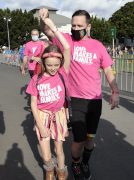
Remember the marriage equality campaign? It was long and exhausting and that brutal postal survey laid waste to the best of us. I recall in the middle of it all, Benjamin Law posted a tweet: Straight folks, please do the heavy lifting. Queers fight from when we’re born and there are more of you. Thanks. I think Ben was tired – we all were – and this was a clear call to action. We needed you to step up and you did.
As straight people, you can have different conversations; you have access to different spaces, and sometimes a message delivered by you will be more effective. A straight friend or colleague arguing a point can hit home in way that my arguing that same point won’t.
It helps that you haven’t been doing this your entire life. And, of course, as Ben pointed out, there are far more of you, more people from different faith and cultural backgrounds, more people in remote and rural areas, more people in positions of power and influence.
So, once again, on behalf of my community, I’m asking you to step up. We need your help and, if it’s not too presumptuous, I’ve put together a bit of a ‘to do’ list for you. But before we get to that, I’d just like to share some of what I’ve learnt over the years about how to do change, and specifically how to create safe, inclusive and welcoming environments for LGBTIQ people.
More Than Physical Safety
‘Cultural safety’ for LGBTIQ people is about more than physical safety. It’s about knowing that you can be yourself, be open and out about who you are, and that you’ll be treated with decency and respect. And at the core of cultural safety is visibility and connection.
Queer people, especially young queer people, need to see themselves reflected in the world around them, and they need to feel connected to that world. They need to feel seen, acknowledged, understood, heard, represented, recognised, counted, and included. More than anything, they need to feel like they’re not invisible, that they’re not the only one – that they matter.
So maintaining the status quo, treating everyone the same, ‘including everybody’, doesn’t really cut it. We need to make our support unambiguous and non-negotiable.
We need to be actively and assertively inclusive. We need to fly a literal and metaphorical rainbow flag wherever we can, and I’m going to kick-start this with some practical suggestions below. If you need help with any of this, Google it, read a book, or ask a queer person.
Safe Schools
The most important place for young people outside their family is school which means that principals, teachers, well-being coordinators, administration staff, educators everywhere and anywhere – you have the longest ‘to do’ list. So here goes…
- Make it known that queer staff are welcomed and supported.
- Create an environment where they can be open and out to students, staff and parents.
- Work with organisations like Minus 18 and Safe Schools.
- Educate your staff and expose them to some queer lived experience.
- Set up and run a student queer/straight alliance.
- Host events for Wear it Purple and IDAHOBIT days.
- Support trans students to socially transition.
- Create a gender-neutral toilet.
- March at Pride behind a school banner.
- Put up posters, rainbow flags and inclusive images around school.
- Provide sex education that’s not exclusively heterosexual and cisgender.
- Explicitly reference LGBTIQ people on your website.
- Post examples of all of the above on social media.
- Make it known publicly and proudly that you do all these things.
Making Health Sector Safe
Doctors, psychologists, nurses, counsellors, therapists, health professionals everywhere and anywhere – you’re pretty important too. In your ‘to do’ list I’d include:
- Run some professional development training.
- Attend relevant LGBTIQ health conferences or webinars (there’s quite a few of them these days).
- Don’t automatically assuming everyone is heterosexual and cisgender.
- Educate yourself about LGBTIQ run health and allied services.
- Establish safe referral pathways.
- Make sure your physical and digital environment explicitly welcome LGBTIQ people.
Making Small Business Inclusive
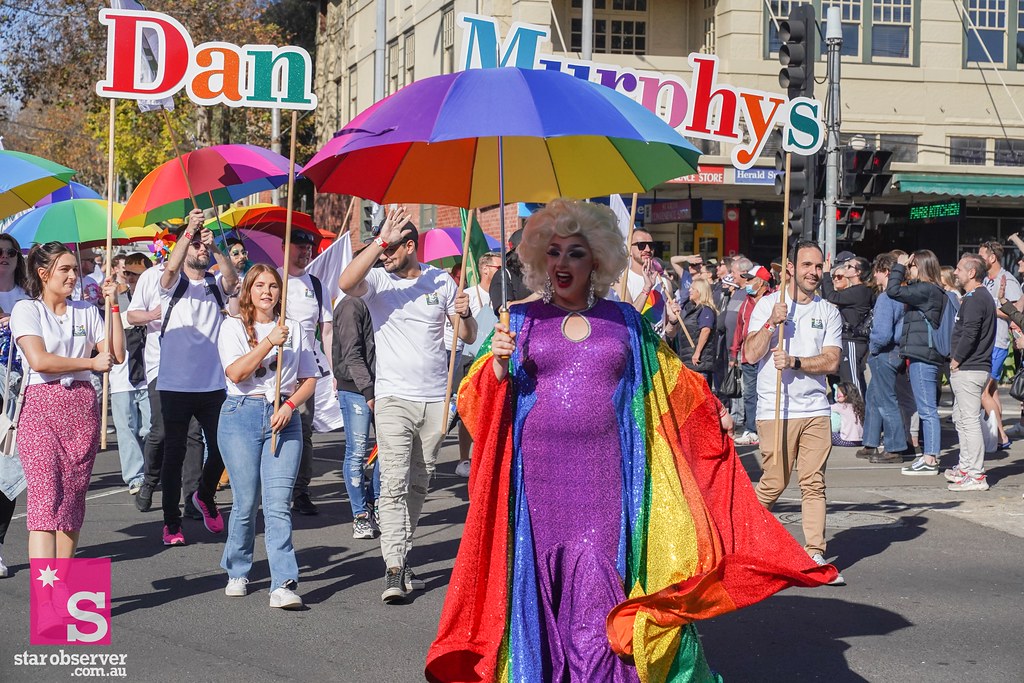
Small businesses, cafés and restaurants, services and retail owners large and small – don’t underestimate the impact you can have. Our local vet has a “Welcome Here” rainbow sticker on the door and I love it.
The Dan Murphy up the road has Midsumma decals on the floor, and the staff at Coles across the way have different stickers on their name badges – RUOK? in support of mental health, fresh fruit in support of farmers, and rainbow flags.
All of that works for me. And a welcoming café with a rainbow sticker on the door will work wonders for a young queer person, especially outside the inner suburbs.
Faith & Family
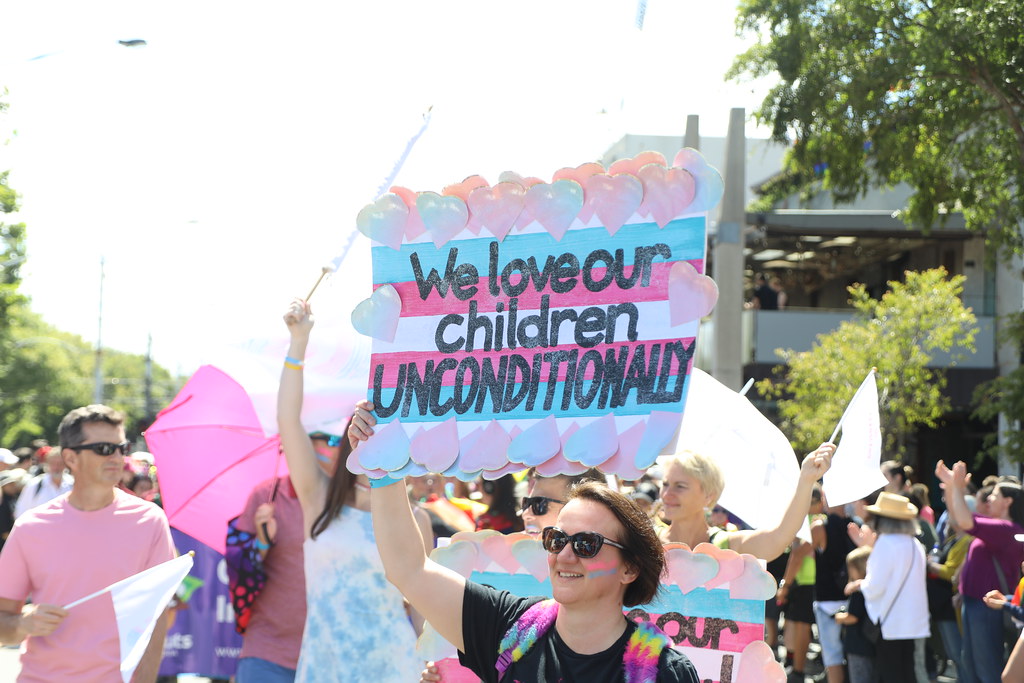
Faith leaders, sports’ coaches, librarians, youth workers, camp counsellors, scout leaders – and anyone else who works with kids – you get the picture.
Think about what you do on any given day and how you can affirm someone. Then, pick and mix from the above list, add your own ideas, and go for it.
But, clearly, the most important factor for a young queer person is the extent to which they are supported by their family and we know there’s a huge range out there.
Some parents create a safe space for their child, tell them they are loved unconditionally, defend and protect them fiercely, and set out on a life-long journey of advocacy. And whenever I meet those parents I want to cry because they are extraordinary – and rare.
And then there are the parents who do none of those things and worse – who abuse, reject, or abandon their child – and that should be unthinkable but clearly it isn’t, and our biggest responsibility as a community is to challenge and change the core beliefs that enable a parent to do that.
Everyone Can Create Safe Spaces
Now, of course, you don’t have to fit into one of the above categories to make the world a better place for our queer kids; everyone can do that. One of the most effective things you can do on any given day is have a conversation with someone who doesn’t agree with you.
I don’t mean arguing with anonymous trolls on social media – that’s not good for anyone’s mental health and it’s not a useful tool for change. And I’m not talking about picking a fight or putting yourself in harm’s way.
I’m talking about engaging with family, friends, colleagues in an open and respectful way, and about making a conscious decision to challenge someone’s position, to refute an argument, to offer a different perspective. Sharing a personal story, talking about lived experience, or just opening the door to a conversation are really effective ways of setting change in motion.
This week, some of my colleagues at VincentCare started an excellent conversation by putting up a number of state government posters around our new offices. You could start with this one. Print it off, pop it up in your lunch room, and start changing the world.
So thanks for listening everyone and thanks in advance for stepping up. It’s much appreciated and it will make a difference. And queer folks reading this – if you know any straight people could you please send, share, or post it somewhere they’ll see it. Cheers.
This article references homophobic bullying and the abuse of young queer people. If you need to talk to someone or get support, please contact Switchboard Victoria:
1800 184 527 – 3pm to 12 midnight, every day of the week
Webchat online – 3pm to 12 midnight, every day of the week – https://www.qlife.org.au
Jac Tomlins is a writer, consultant and long-time LGBTIQ advocate. She is a member of the Victorian Government LGBTIQ Taskforce Health and Human Service Working Group.
